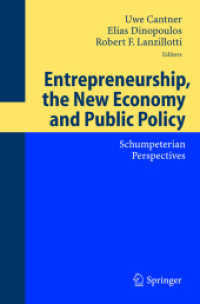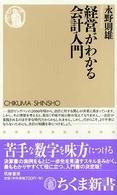- ホーム
- > 洋書
- > 英文書
- > History / World
Full Description
Excavation in 1997-2003 produced important new evidence for the development of Roman London. The site lay north-east of the bridge, towards the edge of the early town. Sparse commercial and domestic ribbon development here alongside early roads was ended by the Boudican revolt of AD 60/61. The military response is shown by the discovery of a previously unknown Roman military fortification, constructed over and partly out of the destroyed buildings. This is interpreted as part of an earthwork and timber fort, built c AD 63 in the aftermath of the revolt to secure the site of the devastated town and as a base for personnel involved in the reconstruction. The excavation produced a large collection of military artefacts, including plate armour (lorica segmentata), fittings and part of a cavalry helmet.
The fort survived until c AD 85, possibly 'mothballed' or 'squatted' after c AD 70, before it was cleared to make way for civilian domestic and commercial buildings. These were destroyed in the Hadrianic fire of c AD 125 and the redeveloped area was dominated by a substantial masonry townhouse, demonstrating the changing character of the town. The building may have housed a wealthy merchant or provincial official; a cellar contained a hoard of 43 gold aureii concealed in or after AD 174. This complex survived, much modified, into the later 4th century AD.








